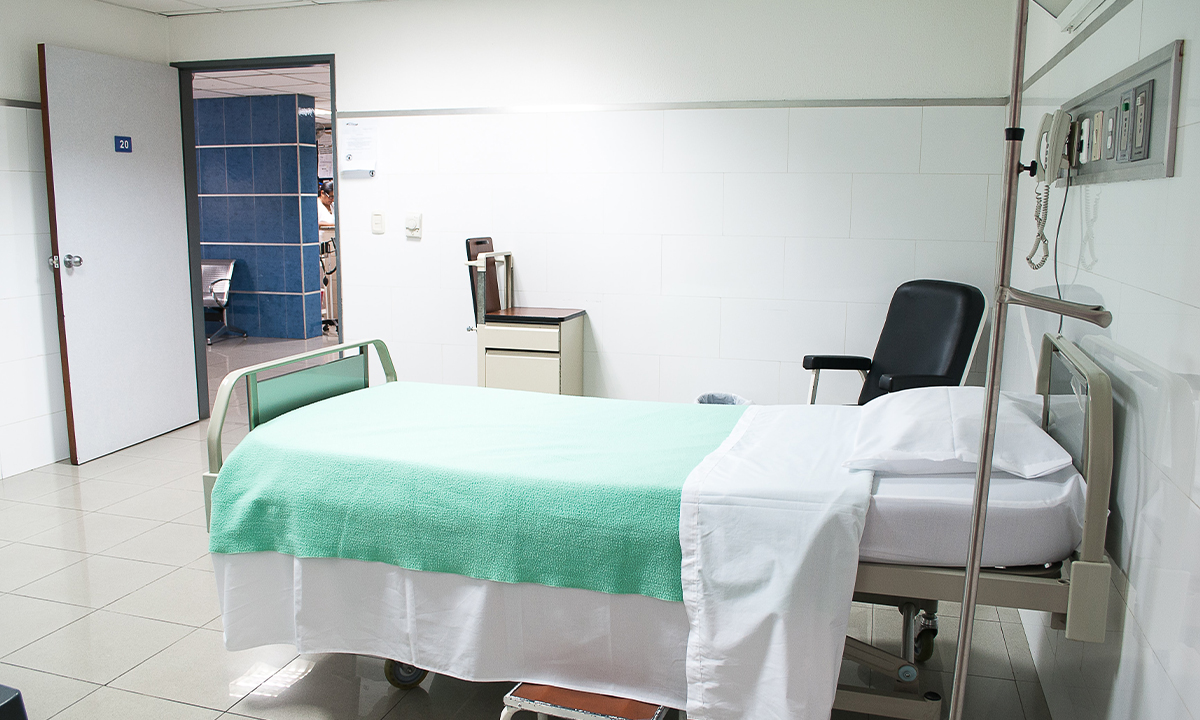San Diego has been hit with a modern day health crisis as psychiatric patients have been flooding emergency rooms. Psychiatric patients wait days to be put in a bed in the local hospital, before waiting even longer for long term care. As more patients come in, wait times only increase.
Psychiatric patients move through three stages of hospital care. They first begin in the ER, where they are admitted to a local hospital. In the hospital, the patient is then put in an inpatient bed, where they can be stabilized before being sent to another facility for post-treatment care.
The Voice of San Diego acquired data showing the inflation of wait times to be put in the third stage of care. In the aggregate, adult psychiatric patients waited a total of 13,200 days before being discharged to a lower level of care between July 2018 and May 2019. That wait time has increased 27 percent over the last two years.
The CEO of the Hospital Association of San Diego and Imperial Counties estimated that if San Diego was able to eliminate the wait time, more than 36 beds a day would be open for incoming patients. However, hospital executives say that the problem can not be solved by simply adding more beds. To truly address the issue, San Diego must fix the shortage of slots in the long-term care centers and find homes for patients after they are discharged.
According to reports from Scripps Health, patients have waited in the Scripps Mercy Hospital for as long as 120 days before being placed in long term care. San Diego County leaders have added dozens of beds to help prevent the increase in wait time over the last year, but average wait times have still increased markedly.
Hospitals are now facing excessive financial losses from their inpatient units due to the increase of psychiatric patients. These losses consequently endanger the pre-existing beds as patients that are stuck in hospital waiting are notably expensive to care for.
Photo by Martha Dominguez




